Media | Articles
5 oddballs that will spark conversation anywhere
For many car enthusiasts, horsepower, elapsed times, and racing lines are of little importance. There are plenty of car owners that just enjoy keeping an automobile on the road and spreading the love of driving, as well as the vehicle’s history, to those that may appreciate it. We sifted through the Hagerty Marketplace listings to find some strange and rarely seen vehicles that we think would be a huge hit at any cars and coffee into which they might rumble, putter, or whirr.
1950 Crosley Hot Shot
If you’ve only got a corner of your garage free, this pint-sized roadster might still fit. The car has an 85-inch wheelbase and weighs just 1100 pounds; if there’s not enough floor space, it can simply be picked up and hung on a coat rack. That svelte curb weight should make its 26.5-hp engine feel somewhat close to adequate, even if it won’t be winning any drag races.
This would be the perfect car for a Jeep flat-fender fan—or anyone else who has an aversion to doors—and it does seem well-suited for short trips or car shows. It would make grocery runs a whole lot more fun provided you don’t need to stock up at a Costco or Sam’s Club.
1964 Studebaker Avanti
Marketplace
Buy and sell classics with confidence
There are few on the Hagerty media staff that were around when the Avanti was introduced, and even fewer who would admit it, but we’d like to have witnessed the reaction of the general public when such a revolutionary car was unveiled. The styling, credited to Raymond Loewy, is unique and eye-catching to this day. Add that to the fact that it could be optioned, as this example is, with a centrifugal supercharger for its 289 V-8 and the Avanti must have seemed like a true marvel. This coupe would certainly turn heads, and if you don’t mind explaining what it is and that no, this 289 V-8 is not a Ford product, it may be the collectible for you.
1968 Saab Sonnet II
Another engine you’d have to constantly explain is the Ford V-4 that’s mounted in the front of this swoopy Saab coupe. Today, the most common sighting of “V4” is a mistake made in a Craigslist ad describing an inline-four, but this 1498cc Ford Taunus engine is actually the rare vee-four configuration, an upgrade to the previous Sonnet three-cylinder engine that was almost half the size but partly made up for the low cylinder count by being a two-stroke mill. These fiberglass sports cars still look great and their lightweight construction is a proper fit for their 73-hp output. Think of it as a Swedish Lotus.
1957 Nash Metropolitan
One of the United States’ first captive imports—a rebadged version of a vehicle sold in a foreign market—the Nash Metropolitan was way ahead of its time. It traded on compact maneuverability and fuel economy when big fins and massive chrome juggernauts were the stock-in-trade of the U.S. auto industry. This one features an original interior and a refreshed exterior. The previous owner used it as a commuter, so it could be a reliable run-about. Or, if you are looking for a project, we’ve seen radical pro street builds and wild road race cars built from these minuscule mid-century machines. Your call.
1929 Ford Model A speedster
This beautiful creation stopped us mid-scroll. A new build, its wooden boat tail and hoodless design leave no doubt that it’s a racer. Its Model B four-cylinder engine wears a Riley two-port overhead-valve conversion that makes this lightweight racer far more powerful than the original flathead-powered model. Its 100 horsepower might not seem like much, but compare that figure to the factory rating of a lot of the other vehicles we’ve mentioned here and remind yourself that this car is nearly 100 years old. This one seems perfect for The Race of Gentlemen: Just imagine it kicking up sand on a beach, going head-to-head with a stripped-down hot rod of the same era. If you’re wondering how to protect an investment like this from both rust and termites, just know that Hagerty started as a boat insurance company, so this is something we could handle.
Check out the Hagerty Media homepage so you don’t miss a single story, or better yet, bookmark it.

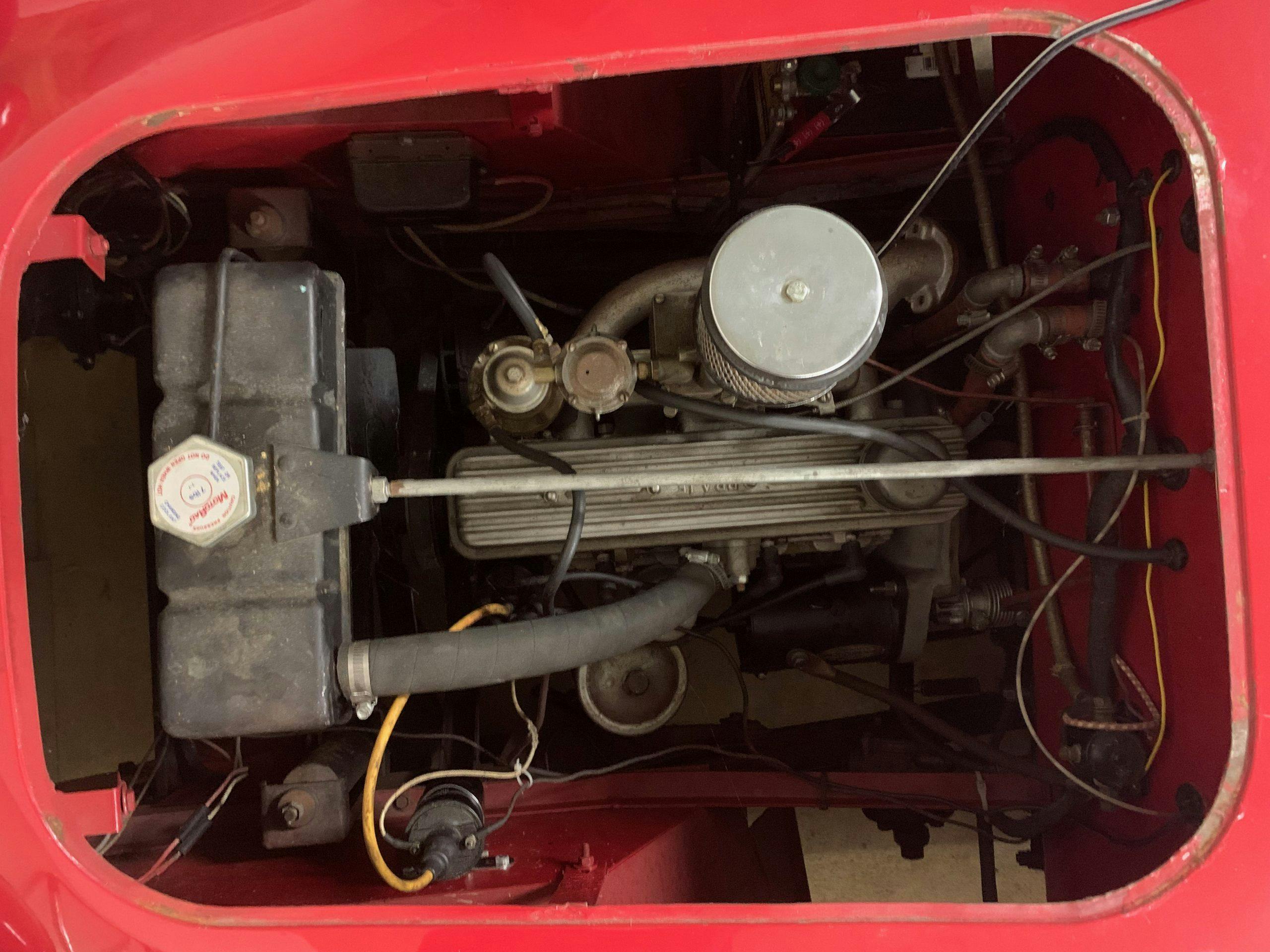
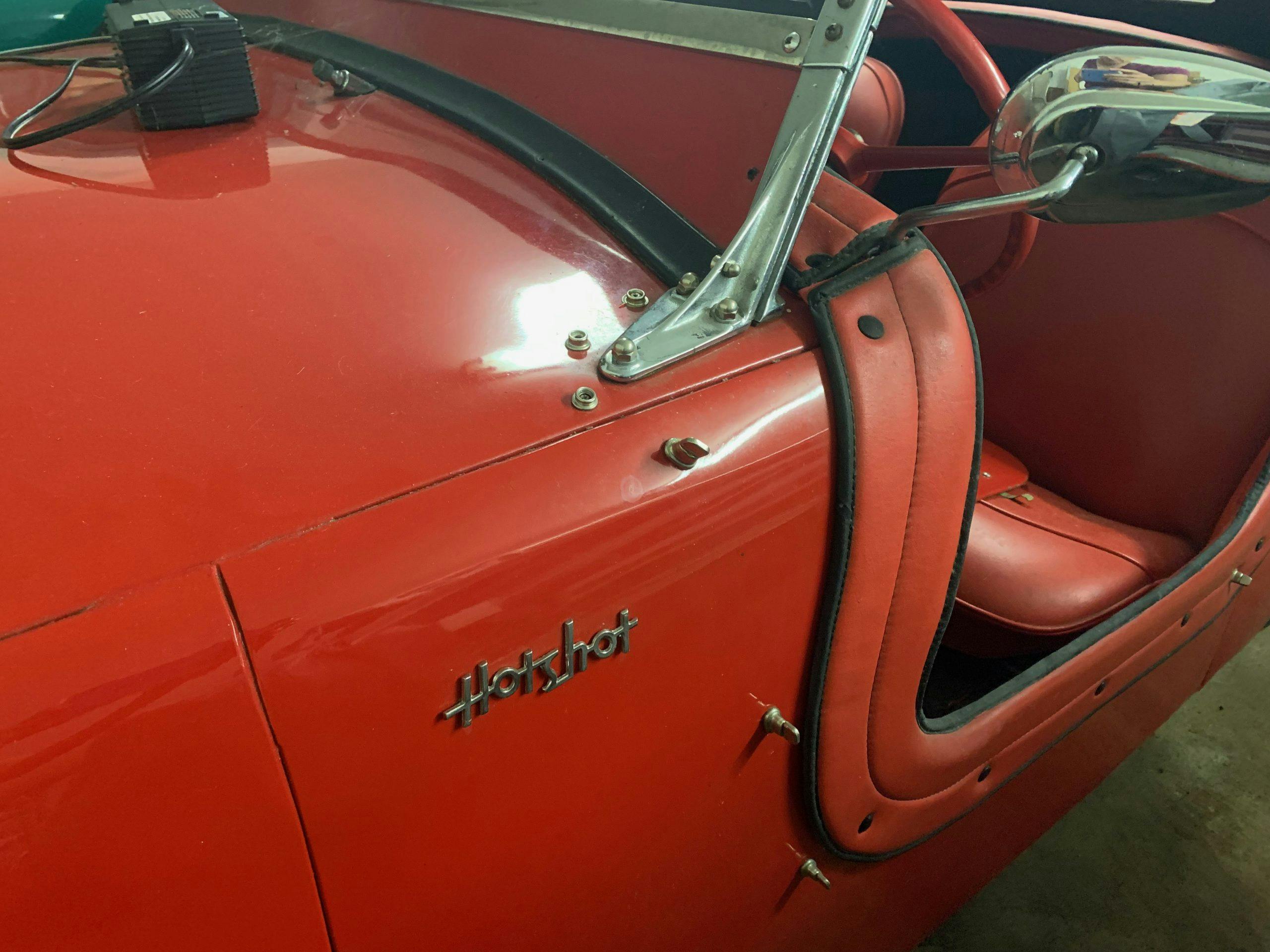
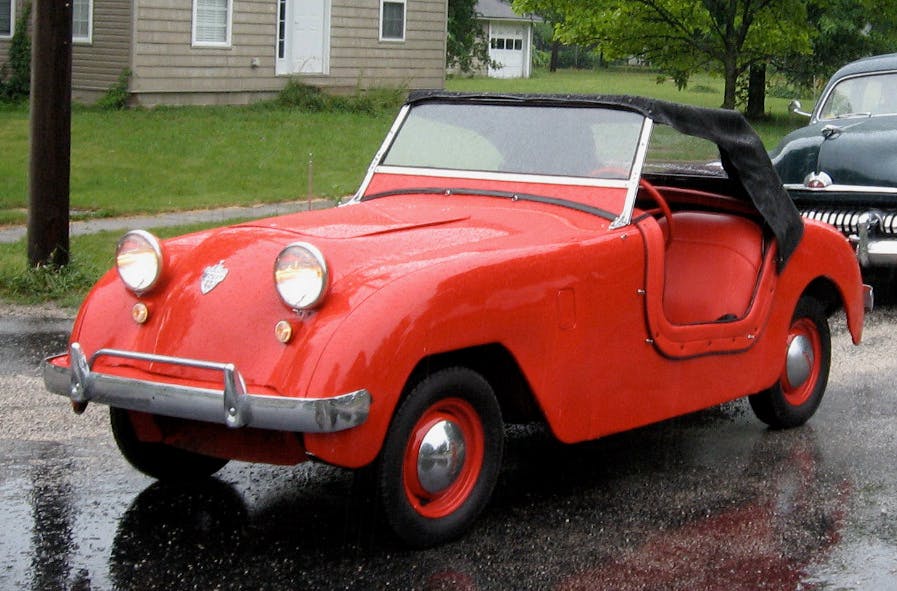
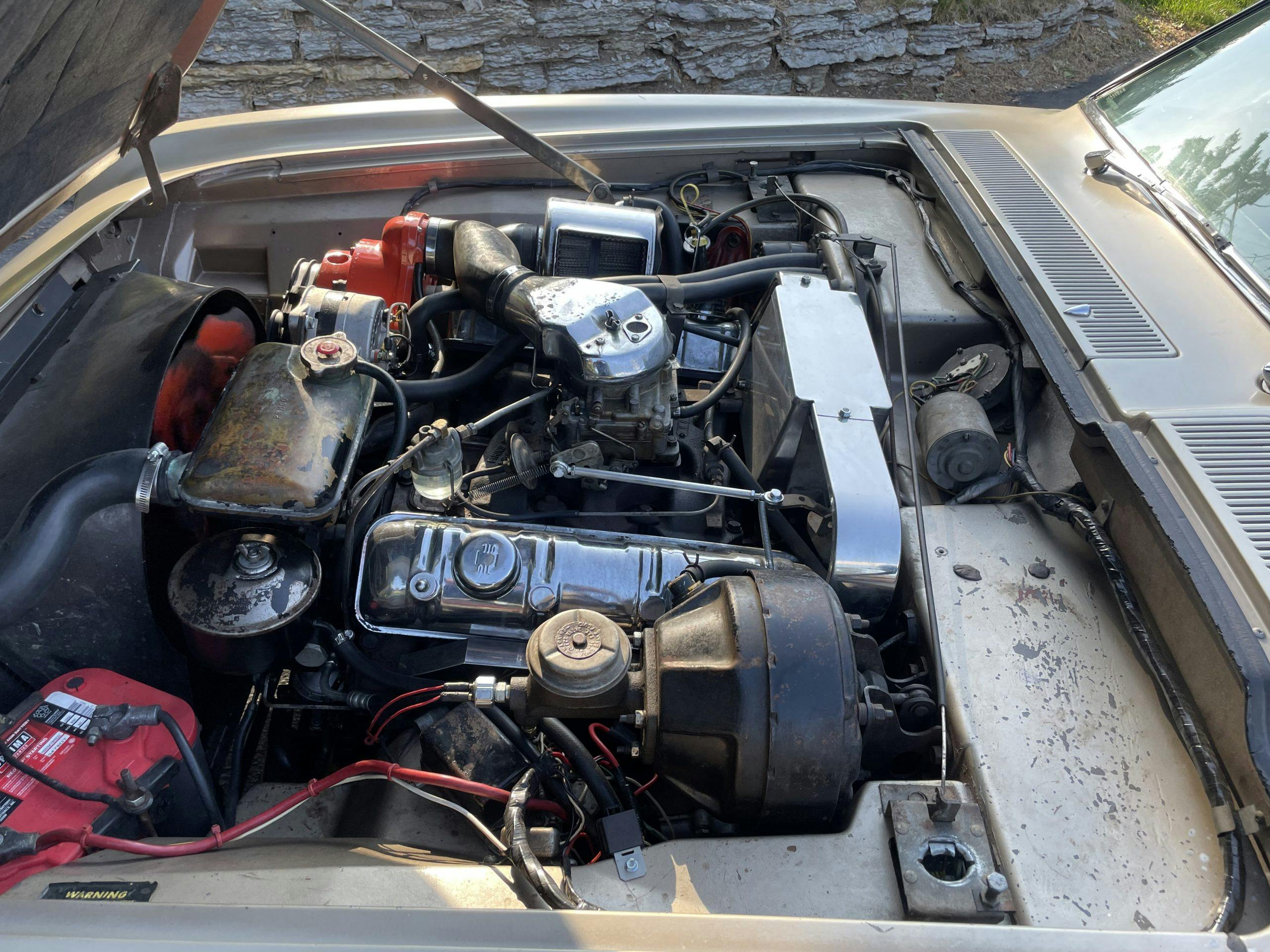

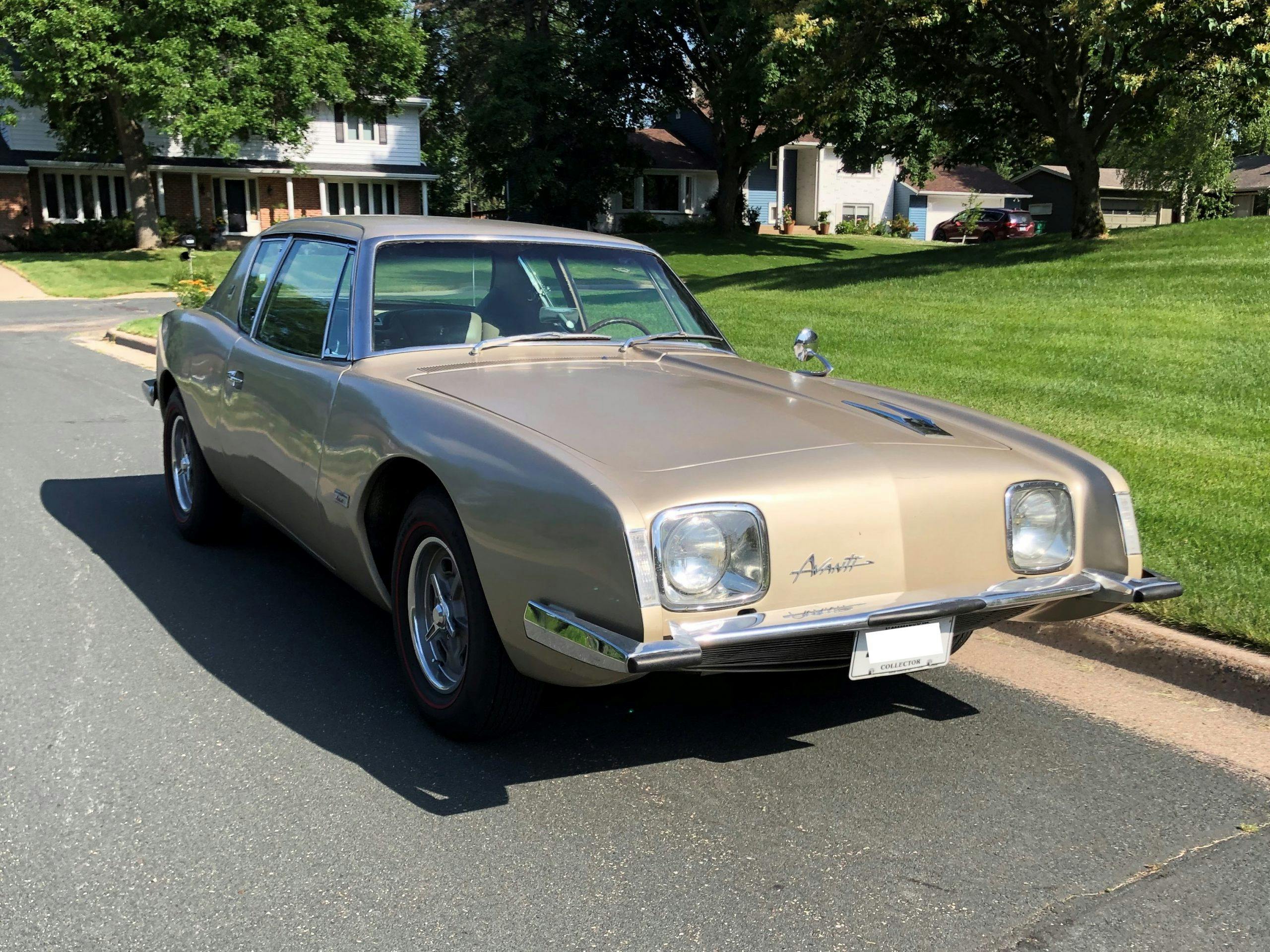






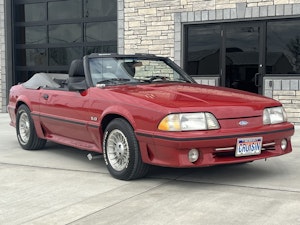

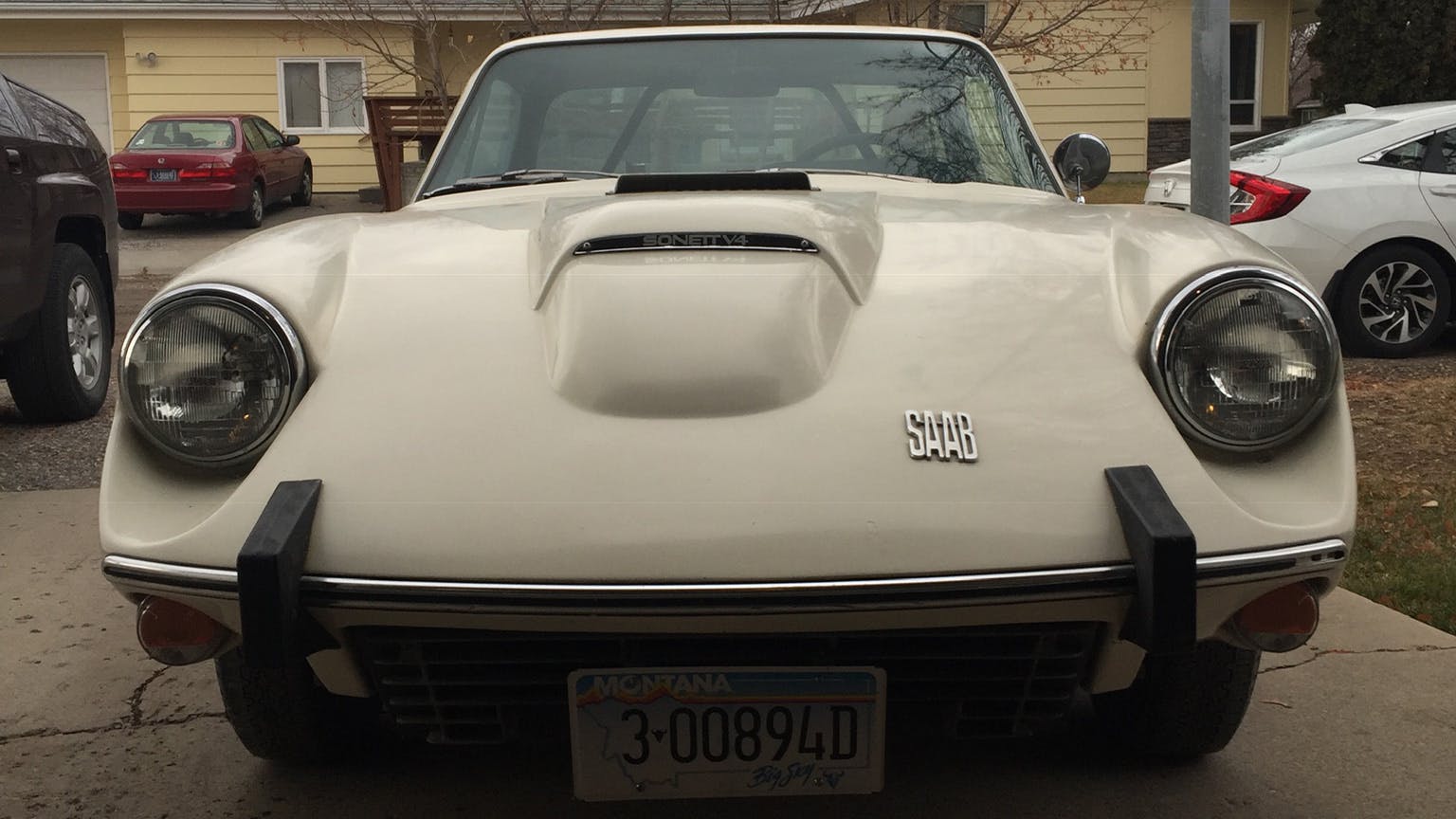
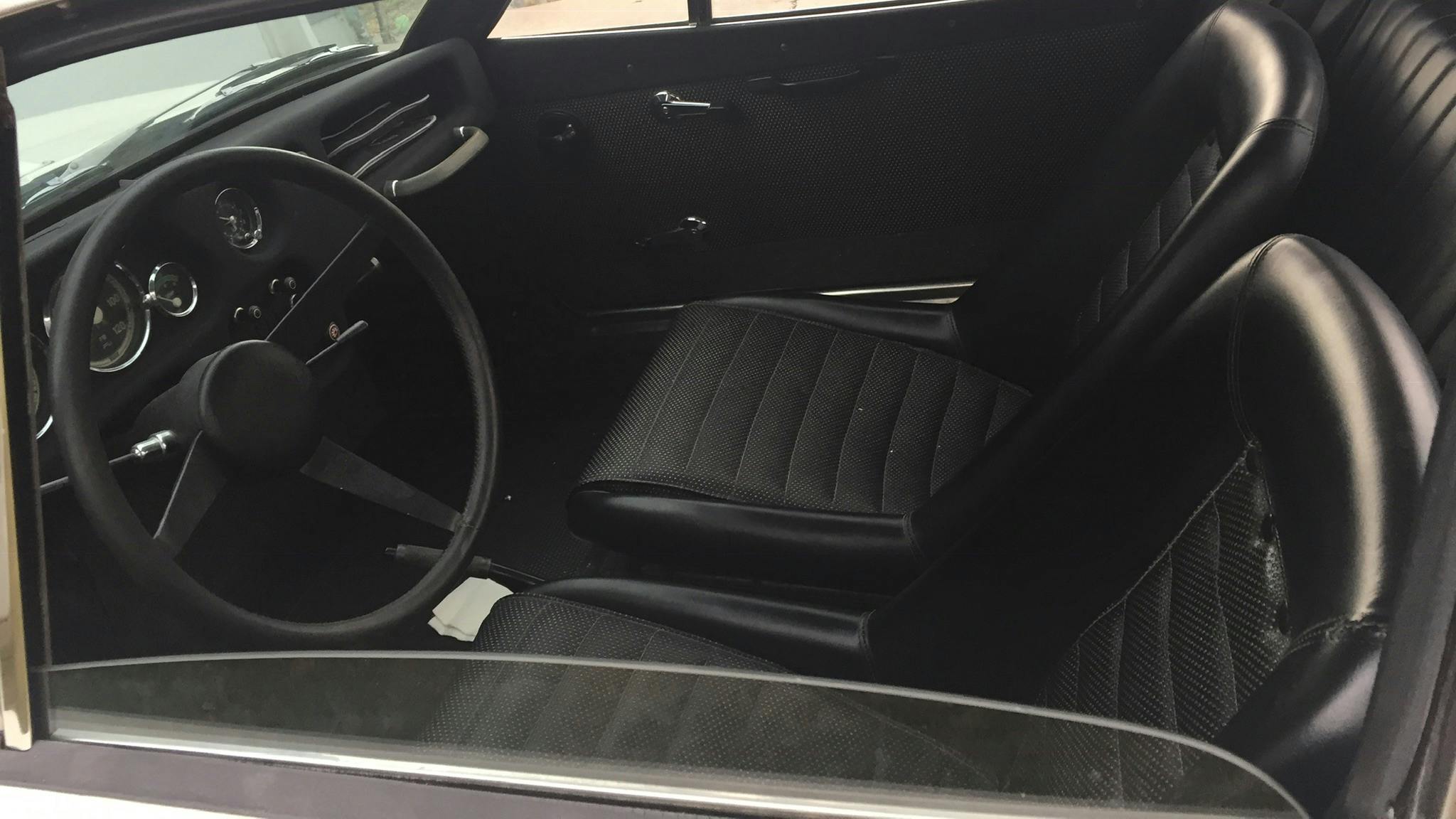
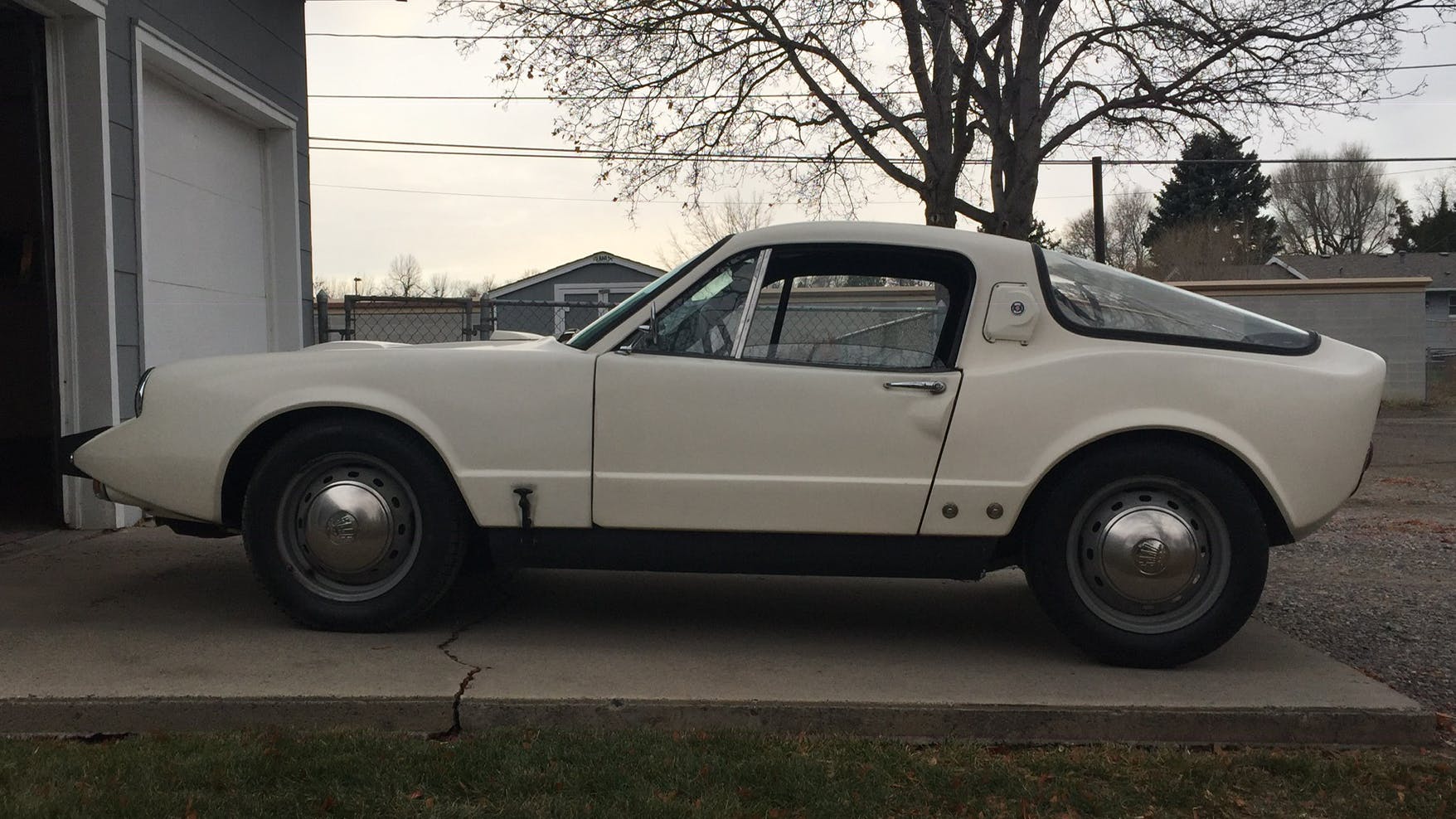



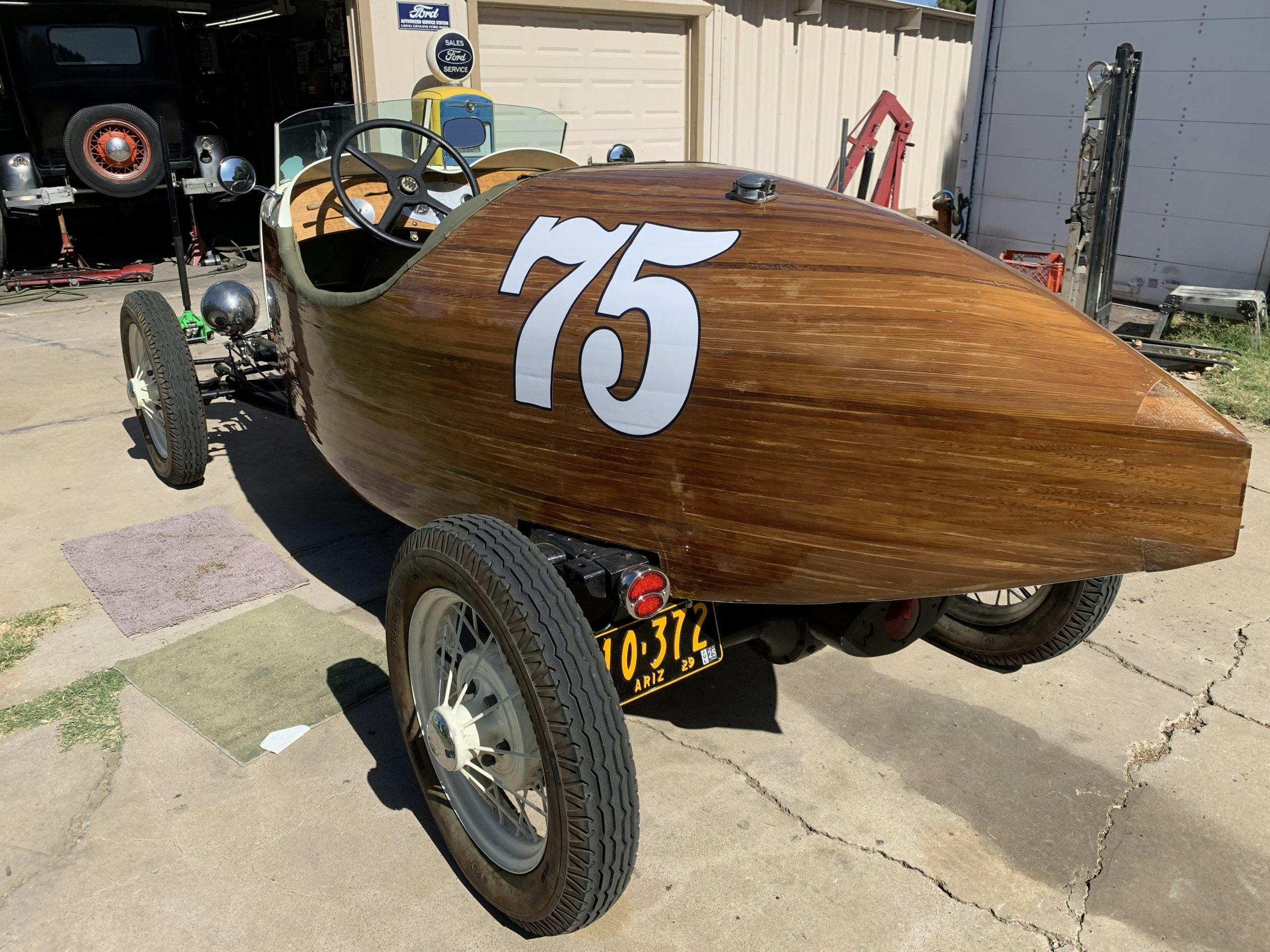
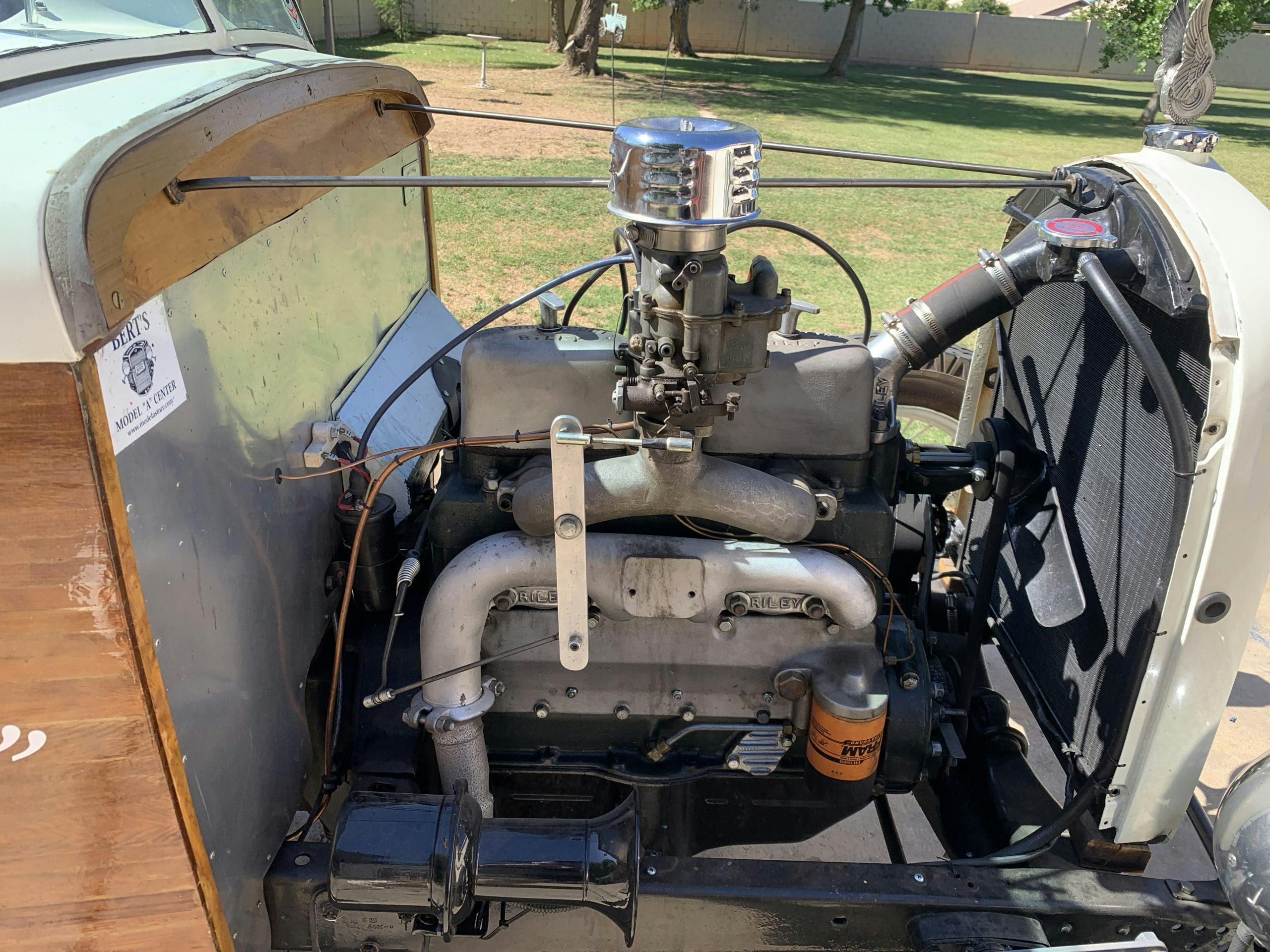
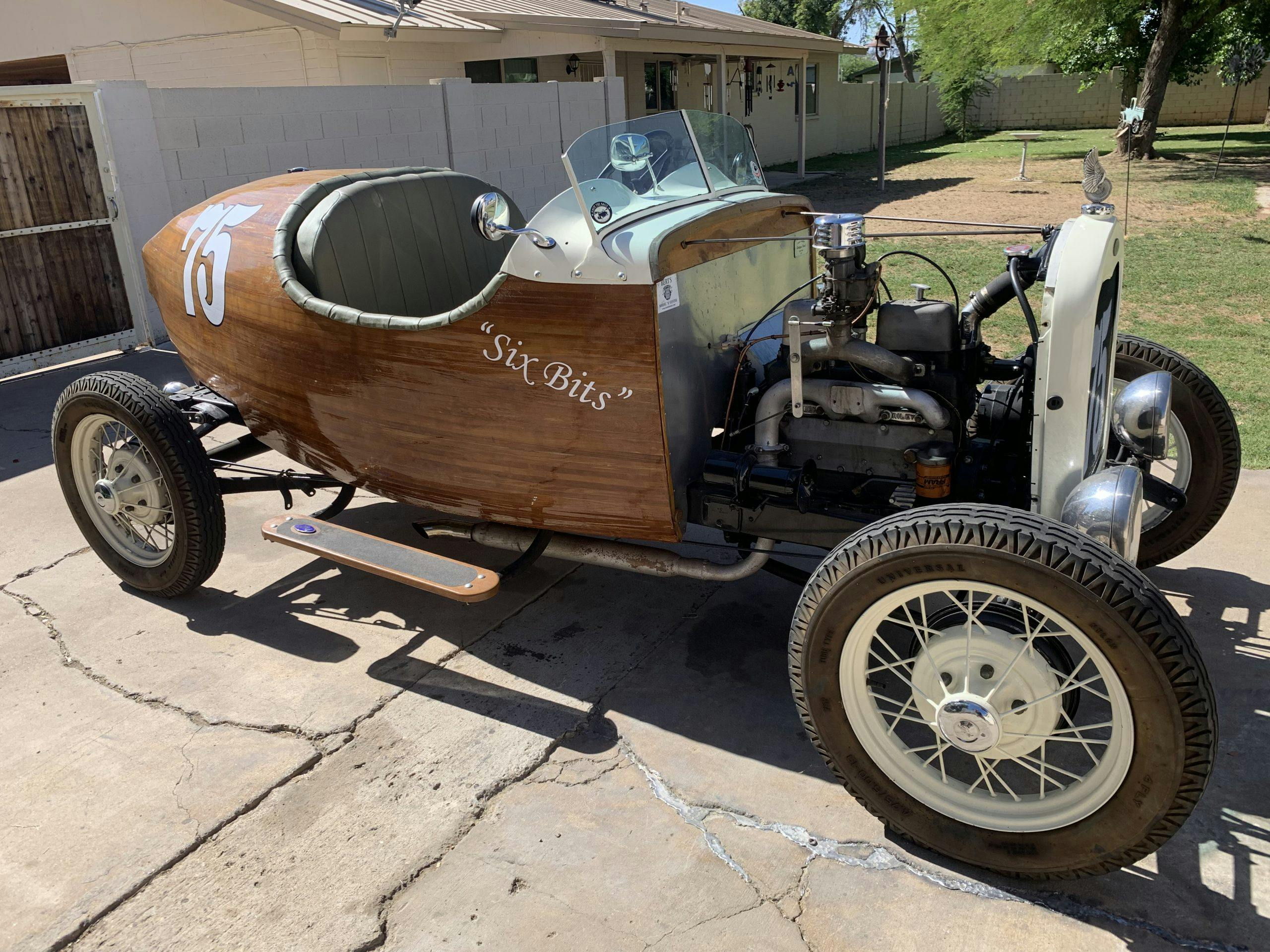

















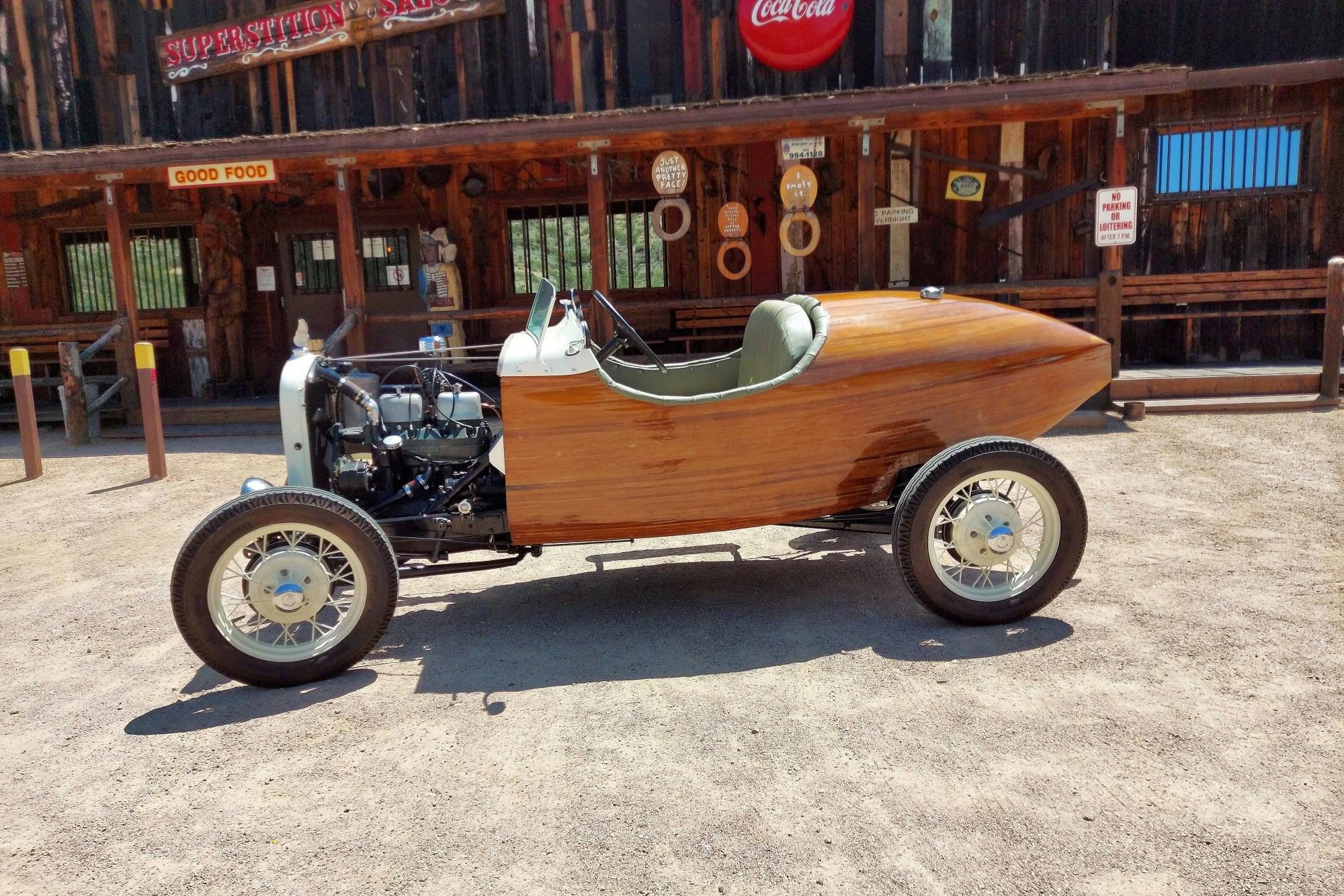
Just a quick note on the Metropolitan: It was technically a captive import, but it was always intended for the US market as a Nash (and Hudson and then AMC) and was only later sold in small numbers in its home market of England as an Austin.
I remember walking to grammar school when I first saw an Avanti. It was the same gold color as the one shown. There was nothing like it back then. Boy did I love that car. I came close to buying one later in life only to find a chassis full of rust, it was still tempting, but too much work for the money.